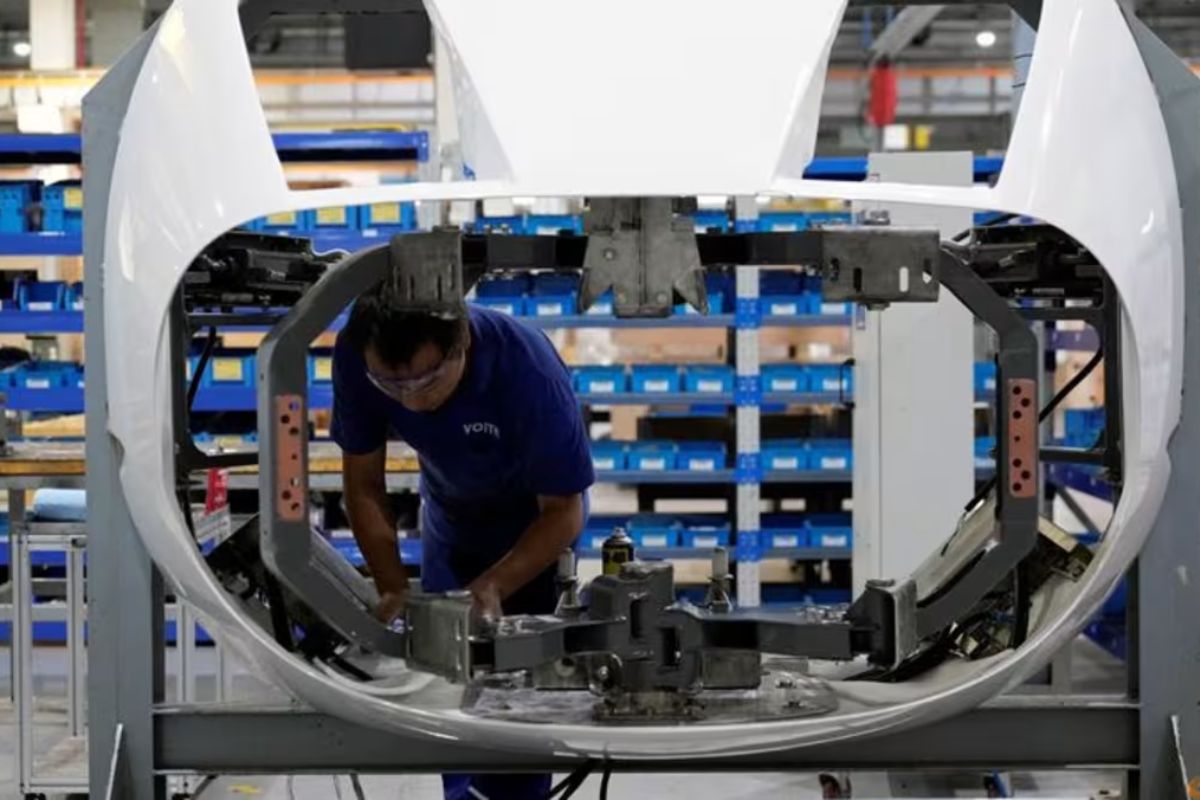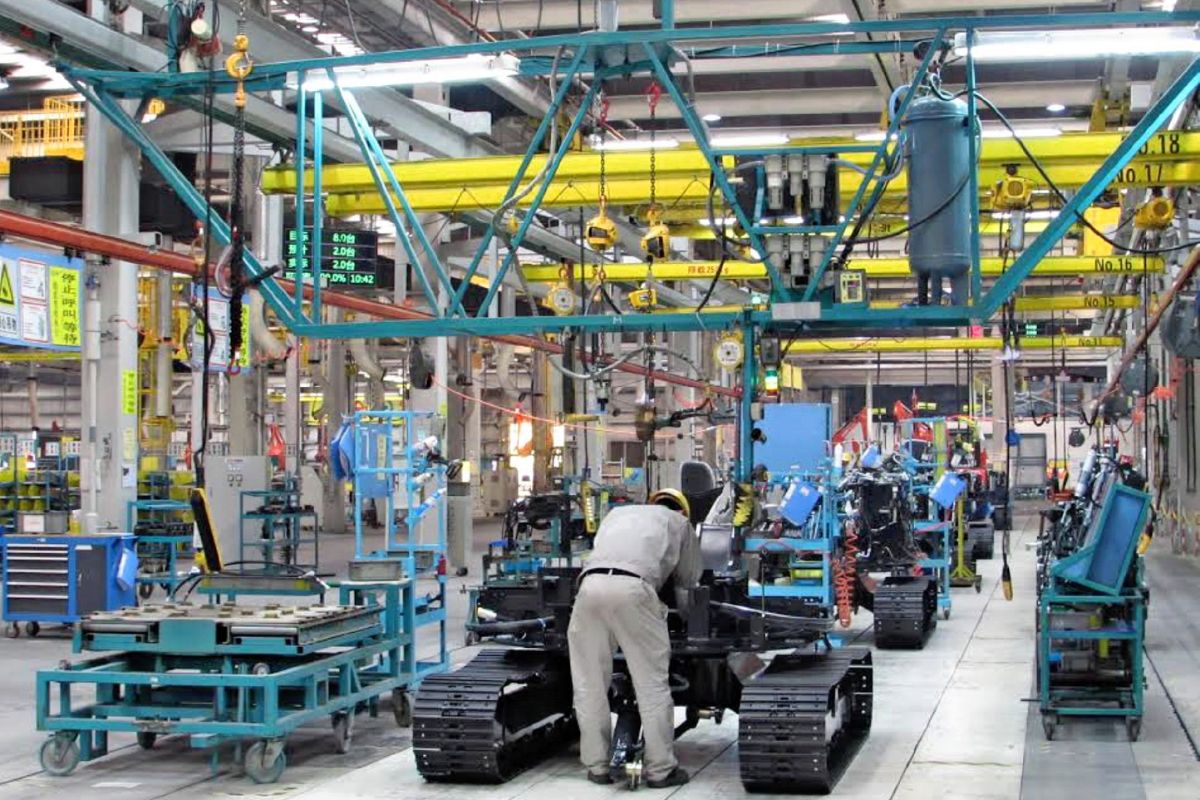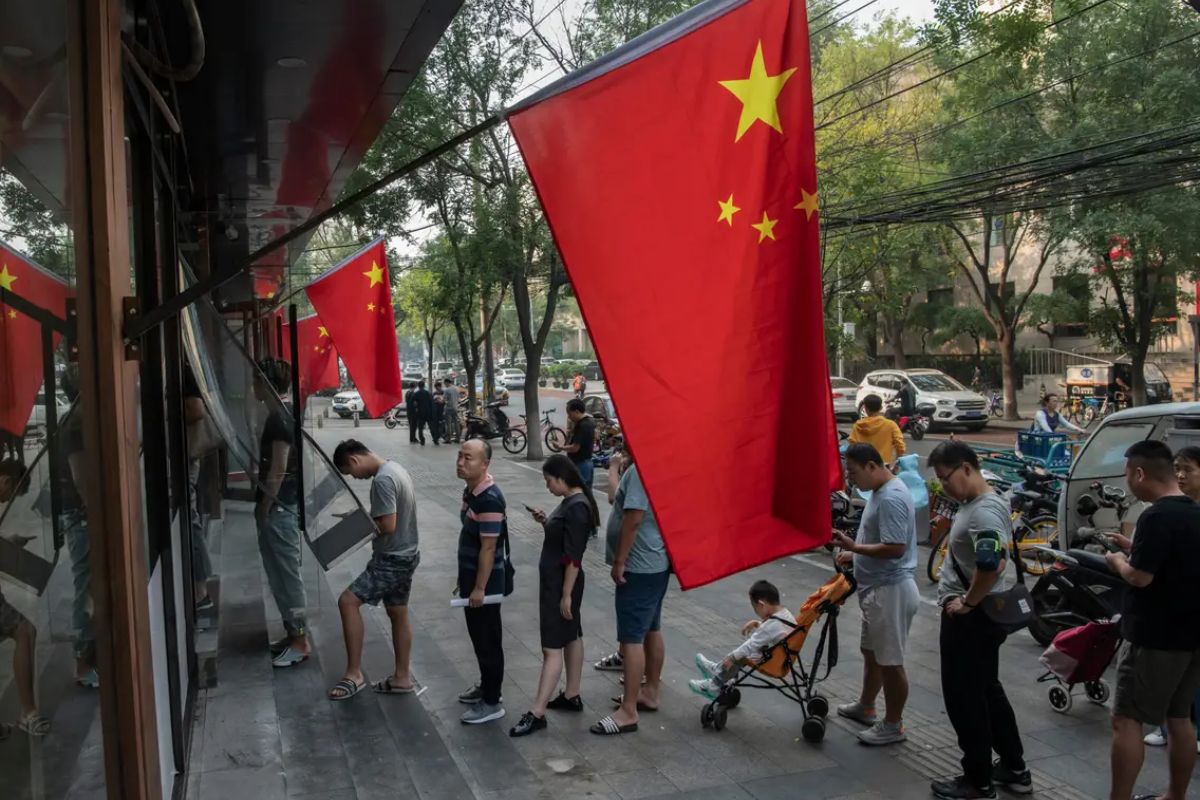Asian Factories Struggle: Asian factories are facing turbulent times as two of the region’s economic powerhouses, China and Japan, encounter significant obstacles on their path to growth. Japan finds itself grappling with a sharp decline in manufacturing, while China struggles to navigate through an uneven recovery in its manufacturing sector.
The challenges faced by these key players raise questions about the overall economic stability in the region, leaving analysts and investors alike pondering the potential implications for global markets and trade dynamics.
Japan Grapples with Sharp Manufacturing Decline
Japan’s industrial landscape faces an ominous shadow as the sharp decline in manufacturing activities casts a grim specter over the nation’s economic prospects. The alarming plunge in factory activity, as evidenced by the latest manufacturing purchasing managers’ index (PMI), paints a dire picture of Japan’s economic health.
Both production and new orders have experienced a substantial downturn, marking the fastest fall in over three years. This downturn extends the weakness observed in the latter part of 2023, pushing Japan unexpectedly into recession in the fourth quarter. The situation not only raises concerns about the immediate economic future but also complicates the Bank of Japan’s plans to phase out ultra-easy monetary policies.
With Japan’s manufacturing sector grappling with significant challenges, urgent and decisive actions are required to steer the nation away from this perilous path and towards a more stable and prosperous economic trajectory.
Also Read: China Economy Rebounds: Factories Surge Back Into Growth
Amidst global economic uncertainties, the manufacturing sector in China grapples with an uneven path to recovery, showcasing a divergence in official and private-sector indicators. The government’s official PMI indicates a sustained fall in factory activity, painting a gloomy picture of the manufacturing landscape. However, the private-sector Caixin PMI offers a glimmer of hope with a slight pickup, hinting at a potential turnaround in the world’s second-largest economy.
As China emerges from the shadows of a profound slump triggered by a severe property sector crisis, all eyes are on the upcoming annual parliamentary meeting. Investors are eagerly awaiting the policy measures that are expected to be unveiled to stimulate economic growth and steer the manufacturing sector back on track.
- Government’s official PMI shows a sustained decline in factory activity.
- Private-sector Caixin PMI suggests a slight improvement in manufacturing conditions.
- Investors anticipate policy measures from the annual parliamentary meeting to boost economic growth.
Mixed Performance Across Asia with Bright Spots
Manufacturing economies across Asia showcase a varied performance, with some countries experiencing declines while others shine brightly amidst the global economic landscape. Taiwan’s semiconductor sector faces challenges, contrasting with South Korea’s thriving semiconductor exports. India’s manufacturing sector flourishes on the back of soaring global demand. In Southeast Asia, Vietnam, Indonesia, and the Philippines emerge as beacons of growth, whereas Malaysia and Thailand struggle to keep up.
| Country | Performance |
|---|---|
| Taiwan | Decline in factory activity |
| South Korea | Positive export growth driven by semiconductors |
| India | Fastest manufacturing growth in 5 months |
| Southeast Asia | Mixed performance with Vietnam, Indonesia, and Philippines showing growth, while Malaysia and Thailand face declines |
Amidst this economic kaleidoscope, Asia’s manufacturing landscape remains a battleground of prowess and pitfalls. The region’s dynamism continues to captivate global markets, with each country’s trajectory shaping the future of the world’s production powerhouse.
News In Brief
Japan confronts a sharp manufacturing downturn, marked by the fastest fall in over three years, raising concerns about the nation’s economic health. Meanwhile, China navigates an uneven manufacturing recovery, with the government’s official PMI indicating a sustained decline, while the private-sector Caixin PMI offers a glimmer of hope. The contrasting performance extends across Asia, with Taiwan’s challenges, South Korea’s thriving semiconductor exports, India’s flourishing manufacturing, and mixed results in Southeast Asia. Asia’s manufacturing landscape remains dynamic, with implications for global markets and trade dynamics.
Our Reader’s Queries
Q1 What is the economic relationship between Japan and China?
A Japan and China share a robust economic partnership, with China serving as Japan’s largest trading partner and a significant destination for Japanese companies’ investments. The economic ties between the two nations, encompassing trade and investment, are highly intertwined.
Q2 What is something that both China and Japan have in common?
A Japan and China share a commonality in their rich cultural and historical traditions. Japan has drawn influence from Chinese culture, adopting elements such as Buddhism and Confucianism. The inspiration for Prince Shotoku’s Constitution can also be traced back to the principles found in the Chinese constitution.



